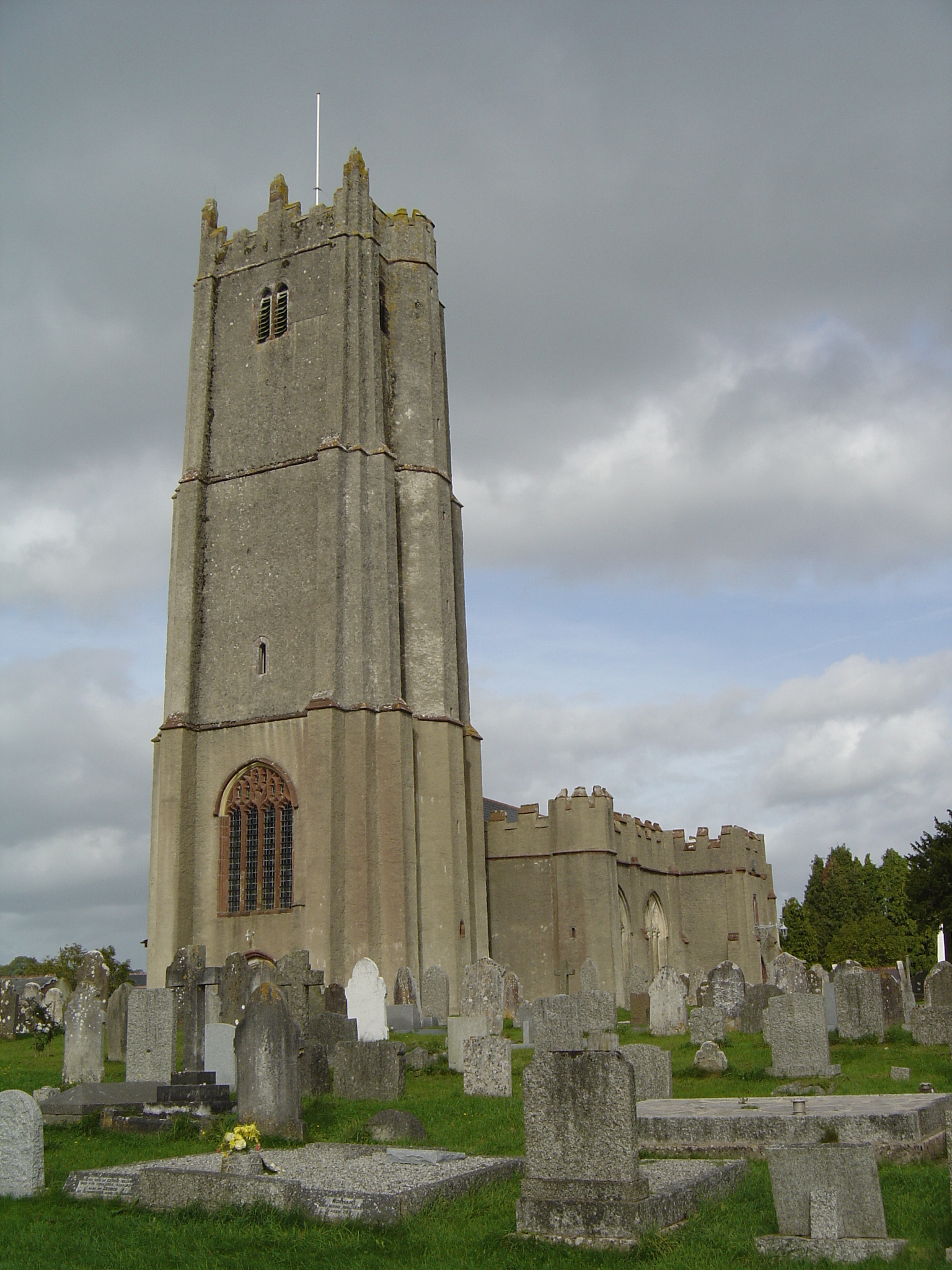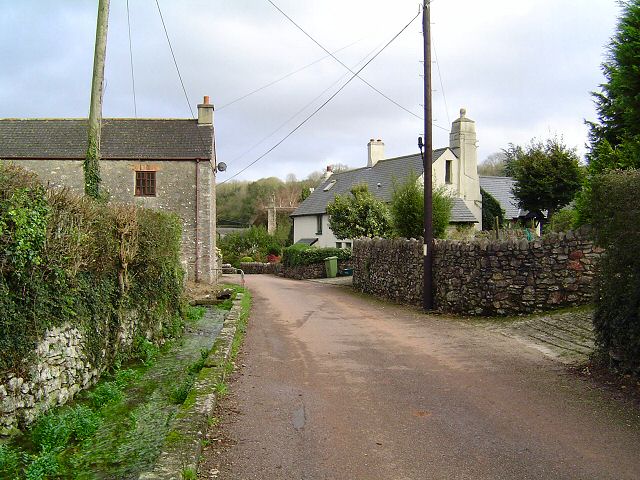Stallage Common
Downs, Moorland in Devon Teignbridge
England
Stallage Common

Stallage Common is a picturesque area located in Devon, England, known for its stunning natural beauty and diverse ecosystems. Situated amidst the idyllic countryside, it encompasses a vast expanse of downs, moorland, and heathland, offering a unique experience to visitors.
Covering an area of approximately 500 acres, Stallage Common is a haven for wildlife enthusiasts and nature lovers. The common is home to a wide range of flora and fauna, including rare bird species, butterflies, and wildflowers. Visitors can explore the winding footpaths that crisscross the landscape and take in the breathtaking views of rolling hills and expansive meadows.
The common's diverse terrain comprises of grassy slopes, heather-covered moorland, and patches of gorse and bracken. It provides an ideal habitat for a multitude of wildlife species, such as Dartford warblers, skylarks, and adders. Many visitors also enjoy the tranquility of the area, which offers a peaceful retreat from the hustle and bustle of city life.
Stallage Common is a popular destination for outdoor activities such as hiking, birdwatching, and nature photography. The abundance of walking trails and picnic spots allows visitors to immerse themselves in the natural splendor of the surroundings. Moreover, the common's accessibility and well-maintained paths make it suitable for people of all ages and abilities.
Overall, Stallage Common in Devon is a haven of natural beauty, offering visitors the chance to connect with nature and explore the stunning landscapes of the region. Whether one seeks adventure or tranquility, this common provides an unforgettable experience for all who visit.
If you have any feedback on the listing, please let us know in the comments section below.
Stallage Common Images
Images are sourced within 2km of 50.497103/-3.6415114 or Grid Reference SX8367. Thanks to Geograph Open Source API. All images are credited.




Stallage Common is located at Grid Ref: SX8367 (Lat: 50.497103, Lng: -3.6415114)
Administrative County: Devon
District: Teignbridge
Police Authority: Devon and Cornwall
What 3 Words
///data.destined.sweetened. Near Ipplepen, Devon
Nearby Locations
Related Wikis
Denbury Hill
Denbury Hill (also known as Denbury Camp and Denbury Down) is the name of an Iron Age hill fort near the village of Denbury in Devon, England. The fort...
Ipplepen
Ipplepen is a village and civil parish located within the Teignbridge district of the county of Devon in south-west England. A priory was located there...
Ipplepen Priory
Ipplepen Priory was an Augustinian monastic house in the English county of Devon. Ipplepen Augustinian priory was founded circa 1143, dependant on the...
Torbryan
Torbryan is a village and former civil parish, now in the parish of Denbury and Torbryan, in the Teignbridge district, in the county of Devon, England...
Nearby Amenities
Located within 500m of 50.497103,-3.6415114Have you been to Stallage Common?
Leave your review of Stallage Common below (or comments, questions and feedback).

















